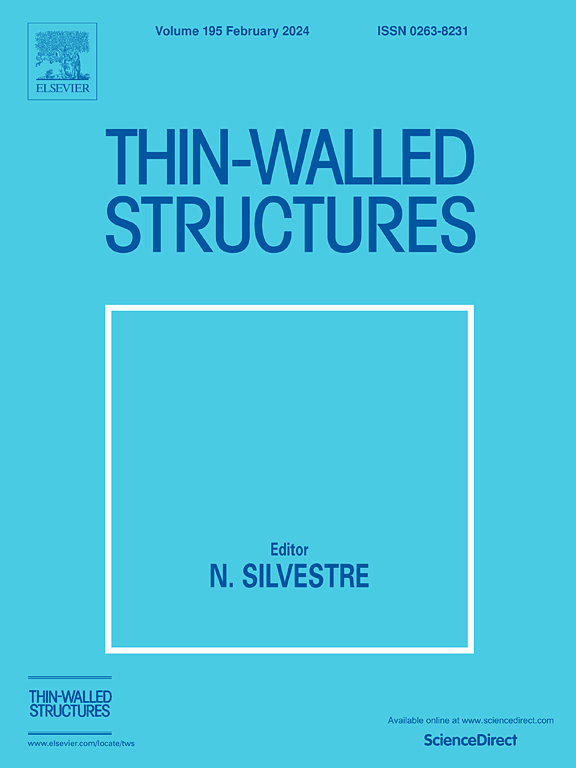Sliding resistance of layered ultra-thin glass module for flexible cover window: Effect of mechanical properties and artificial neural network modeling
IF 5.7
1区 工程技术
Q1 ENGINEERING, CIVIL
引用次数: 0
Abstract
Recently, various flexible products such as curved, sliding, foldable, and stretchable devices have been introduced to the electronics market using flexible materials. For these products to be commercialized, the cover window module that protects the internal display from external impacts must be capable of specific deformation actions repeatedly without causing deformation or damage during operation. Additionally, structural analysis techniques are required to accelerate design processes. In this study, a finite element model for the sliding motion of the layered cover window module was developed and validated by comparing with experimental results. Based on the suggested model, the parameter study for the mechanical properties of each layer was conducted and physically explained. The relationships between mechanical properties and sliding force were identified and predicted by stepwise regression and artificial neural network methods.

求助全文
约1分钟内获得全文
求助全文
来源期刊

Thin-Walled Structures
工程技术-工程:土木
CiteScore
9.60
自引率
20.30%
发文量
801
审稿时长
66 days
期刊介绍:
Thin-walled structures comprises an important and growing proportion of engineering construction with areas of application becoming increasingly diverse, ranging from aircraft, bridges, ships and oil rigs to storage vessels, industrial buildings and warehouses.
Many factors, including cost and weight economy, new materials and processes and the growth of powerful methods of analysis have contributed to this growth, and led to the need for a journal which concentrates specifically on structures in which problems arise due to the thinness of the walls. This field includes cold– formed sections, plate and shell structures, reinforced plastics structures and aluminium structures, and is of importance in many branches of engineering.
The primary criterion for consideration of papers in Thin–Walled Structures is that they must be concerned with thin–walled structures or the basic problems inherent in thin–walled structures. Provided this criterion is satisfied no restriction is placed on the type of construction, material or field of application. Papers on theory, experiment, design, etc., are published and it is expected that many papers will contain aspects of all three.
 求助内容:
求助内容: 应助结果提醒方式:
应助结果提醒方式:


